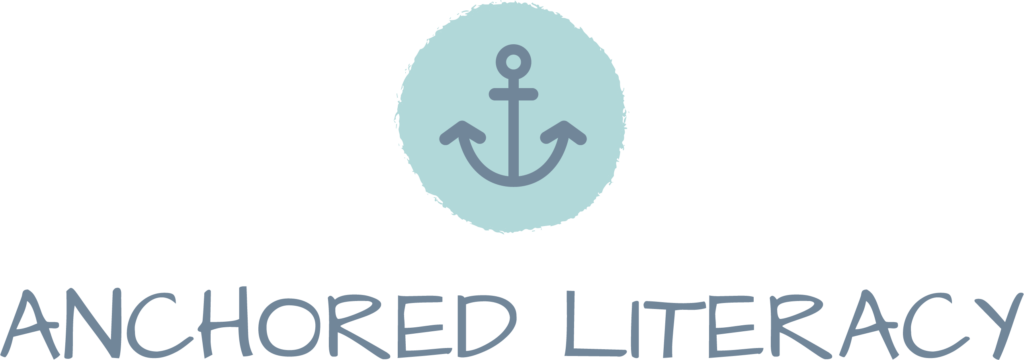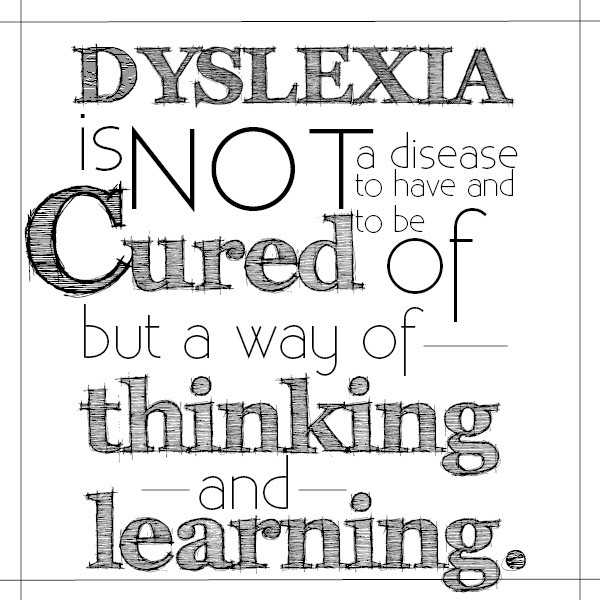Dyslexia is a learning difference that includes difficulty in the use and processing of linguistic and symbolic codes, alphabetic letters representing speech sounds or numeric representing numbers or quantities.
The first description of dyslexia appeared in 1896 by Dr. W. Pringle Morgan in Sussex, England, this is what he wrote: “Percy F.,… aged 14,… has always been a bright and intelligent boy, quick at games, and in no way inferior to others of his age. His great difficulty has been—and is now—his inability to learn to read.”
The word dyslexia is derived from the Greek word ‘dys’ (meaning poor or inadequate) plus ‘lexis’ (words or language). Implying only an inadequacy in language tasks.
Dyslexia is not the result of neurological damage, but the product of neurological development.
Dyslexia varies from mild to severe.
Dyslexia does not reflect an overall defect in language, but, rather, a localized weakness within the phonologic module of the brain. This module is the functional part of the brain where the sounds of language are put together to form words and where words are broken down into sounds.
Dyslexia is a unique mindset that is often gifted and productive but learns differently than other minds.


